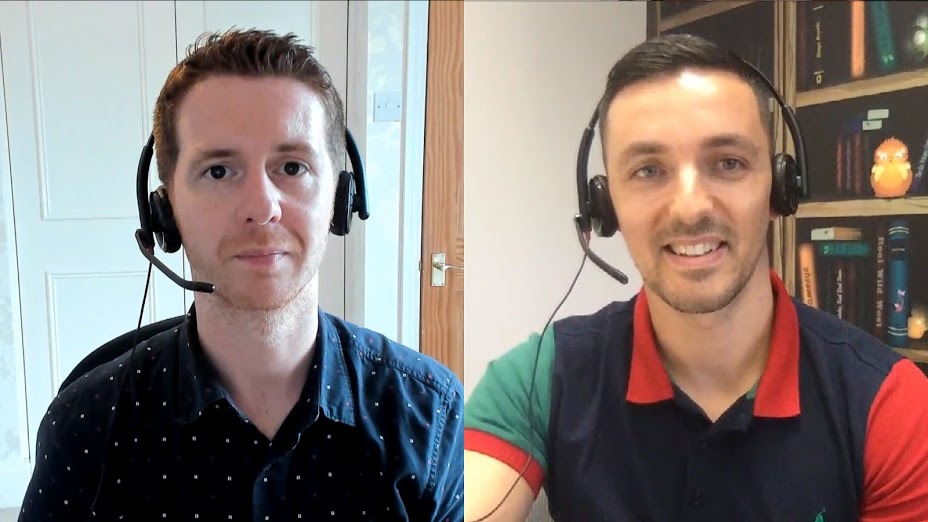 INFRA
INFRA
 INFRA
INFRA
 INFRA
INFRA
In the gaming industry, uptime and high availability is critical, so having the right data strategies can mean the difference between happy users or loss of business. This is why U.K. gaming company Gamesys Network Ltd. turned to Ansible to help scale its mission-critical applications and services.
“Since 2014, we went through two major infrastructure overhauls and automation,” said Jurgen Grech (pictured, right), technical architect at Gamesys. “Using Ansible was always at the heart of each of those overhauls. In fact, our latest private cloud, which is based on OpenStack, is completely built from the ground up using Ansible code.”
Grech and Michael McCarthy (pictured, left), delivery architect of delivery engineering at Gamesys, spoke with John Furrier, co-host of theCUBE, SiliconANGLE Media’s livestreaming studio, during AnsibleFest 2020. They discussed how Gamesys relies on Ansible for its infrastructure. (* Disclosure below.)
Ansible, which was released in 2012 before being acquired by Red Hat in 2015, is an IT automation engine that takes a much different approach than competing platforms. Unlike other products that require a controlling machine or client-server relationship to manage infrastructure, Ansible takes an agentless approach. This gives it much greater flexibility and makes it easier to deploy, according to Jurgen. It also has the benefit of providing better disaster recovery options.
Ansible works by connecting to nodes and installing small programs, called “Ansible modules.” The engine then executes these programs via SSH connection and removes them when they’re no longer needed. These features make Ansible easy to use and fast to get up-and-running, McCarthy explained.
“The first time I remember using it was probably 2014, 2015. I was on the dev side and we wanted a way to have consistency in how we deployed,” McCarthy said. “We wanted to be able to deploy the exact same way into earlier environments, into dev environments, as we did in staging and production.”
Another big advantage of Ansible is how easily developers can extend its functionality. Any language that returns JSON (Bash, Ruby, Python, etc.) can be used to write Ansible modules. Ansible also works well with Kubernetes. Gamesys began integrating Kubernetes in 2016, and the company’s work with Ansible made it that much easier to deploy, according to Grech.
“With various teams getting on board, each required their own flavor with their particular unique configurations,” Grech stated. “This is of course was managed quite easily to reduce different Ansible inventories. And it’s all integrated now within Ansible Tower with different unique drop templates to install and configure the Kubernetes clusters.”
Gamesys began with one staging cluster in 2016, and today the company manages 42 different Kubernetes clusters, including six that are in production.
Watch the complete video interview below, and be sure to check out more of SiliconANGLE’s and theCUBE’s coverage of AnsibleFest 2020. (* Disclosure: TheCUBE is a paid media partner for AnsibleFest 2020. Neither Red Hat Inc., the sponsor for theCUBE’s event coverage, nor other sponsors have editorial control over content on theCUBE or SiliconANGLE.)
THANK YOU